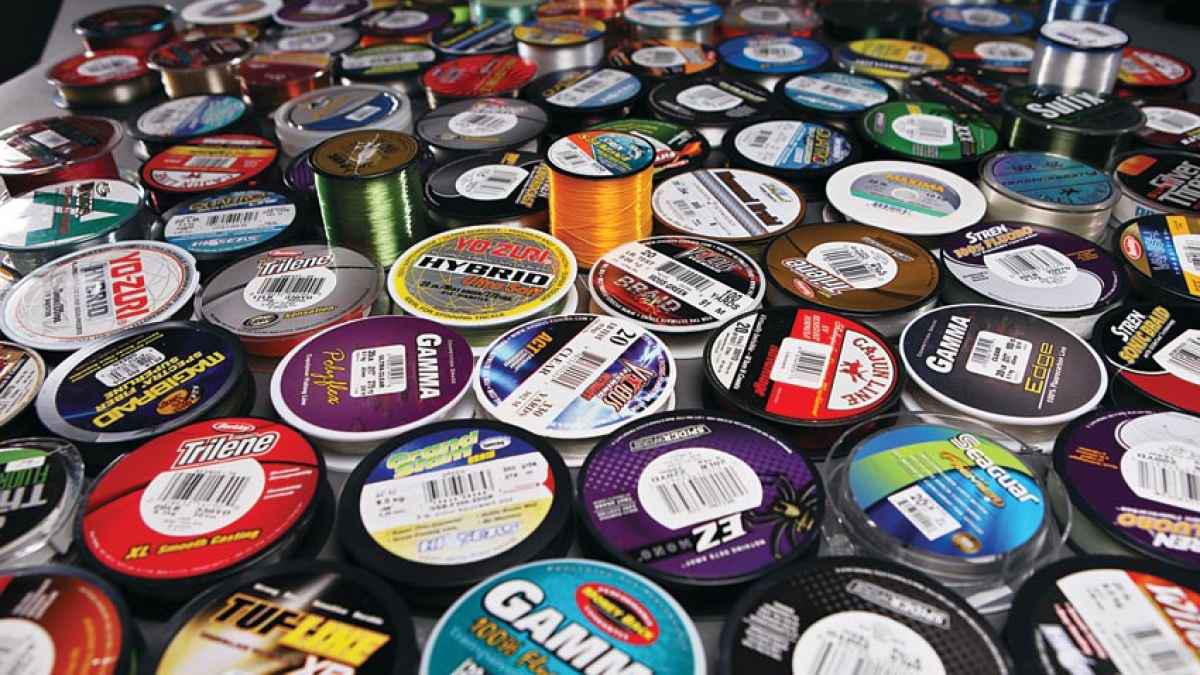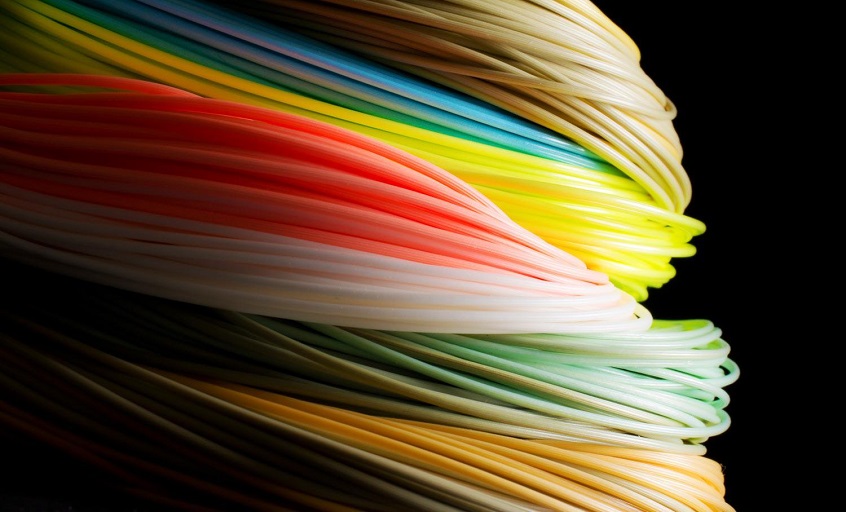
Fishing for Dummies: What’s My Line?
So you’ve decided to try out the magic of fishing and see if you’ll get caught in the sport and you desperately need someone to explain to you the basics of the equipment? Don’t worry, this time you’ve come to the right place. A prepared angler is always a successful angler, so getting to know the essential fishing gear is a must. Probably one of the most important items to pack when going on a fishing trip is the line. In these modern days there are plenty of fishing lines on the market, from monofilament ones to braid ones and so many other in between.
There are many things to take into consideration when shopping for a fishing line, but the most obvious one is the kind of fish you are after. If you’re in for catching small, light weighted fish, you can obviously go with lighter fishing lines and vice versa. Although they come in many different types, the most used ones are the monofilament fishing line and the braid fishing line. Here are the differences between them.
Monofilament Fishing Line
This is probably the most popular type of fishing line that comes in great variety of colors and strengths. They are made of nylon, not expensive at all and are a long continuous filament. As the name suggests, this is a single-component product. The monofilament fishing line is easy to tie knots in, it’s prone to larger diameters than fluorocarbon or superlines and works very well even in the most extreme fishing situations. Like mentioned before, monofilament fishing lines are knot-friendly, which means you can use a variety of strong, easy-to-tie knots without sacrificing the strength of the line. Another awesome advantage of an monofilament line is that it sinks slowly which makes it the perfect choice for topwater lures and subsurface presentations where you don’t want to accelerate the bait’s downward movement.
Braid Fishing Line

Braid fishing lines feature several strong but very thin fibers that are made from a material similar to Kevlar. Before the discovery of the nylon and the monofilament fishing line, the braided line was the most popular one among anglers. Often-times braided lines are used as a backing for mono lines, allowing the anglers to use small reels while increasing the line capacity. Braided lines offer longer casts and that makes them especially ideal for shore-bound anglers. Thanks to their zero stretch, they are very good at transmitting information from your lure, so you can feel light bites when your lure touches the bottom and tell if weeds have gotten in the way.
In the end, it’s really important to note that not all fishing lines are perfect for all fishing conditions. The first thing you should have in mind is the kind of water you’re approaching, the prey and the weather conditions and only then decide which line will be best for you. Knowing the size and the species of the fish that’s being targeted are the key factors for successful fishing equipment preparations.

